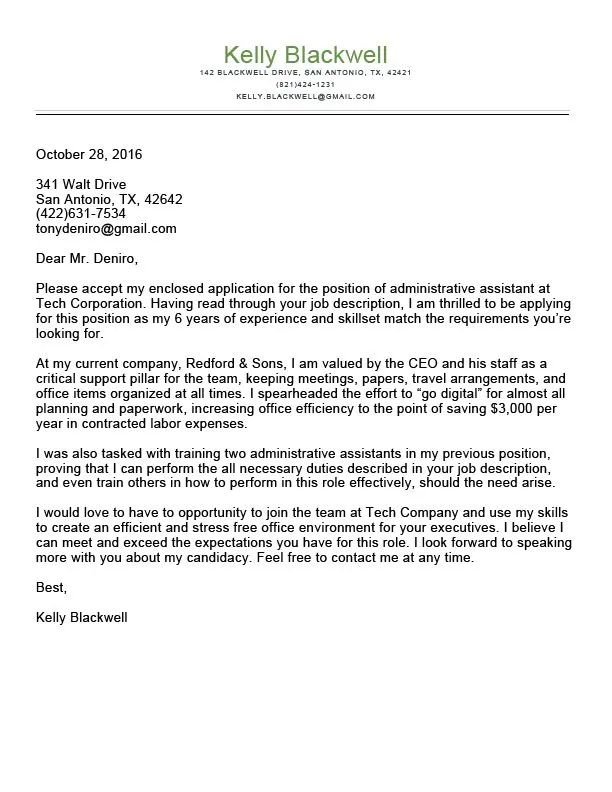Crafting Your Career Builder Cover Letter
Navigating the job market can feel overwhelming, but a well-crafted Career Builder cover letter can significantly increase your chances of landing an interview. This guide provides step-by-step instructions and essential tips to help you create a compelling cover letter that captures the attention of potential employers. By understanding the purpose, format, and key elements, you can effectively showcase your skills and experience, setting yourself apart from other applicants and making a strong first impression.
Understanding the Purpose
The primary goal of your Career Builder cover letter is to introduce yourself, highlight your relevant skills and experiences, and express your interest in the specific job and the company. It serves as your personal marketing tool, allowing you to expand on the information presented in your resume. This is your opportunity to demonstrate your personality, passion, and unique qualifications, making a memorable impression on the hiring manager. The cover letter provides a space to connect your past experiences with the future role, making a strong case for why you are the best candidate.
Why a Cover Letter Matters
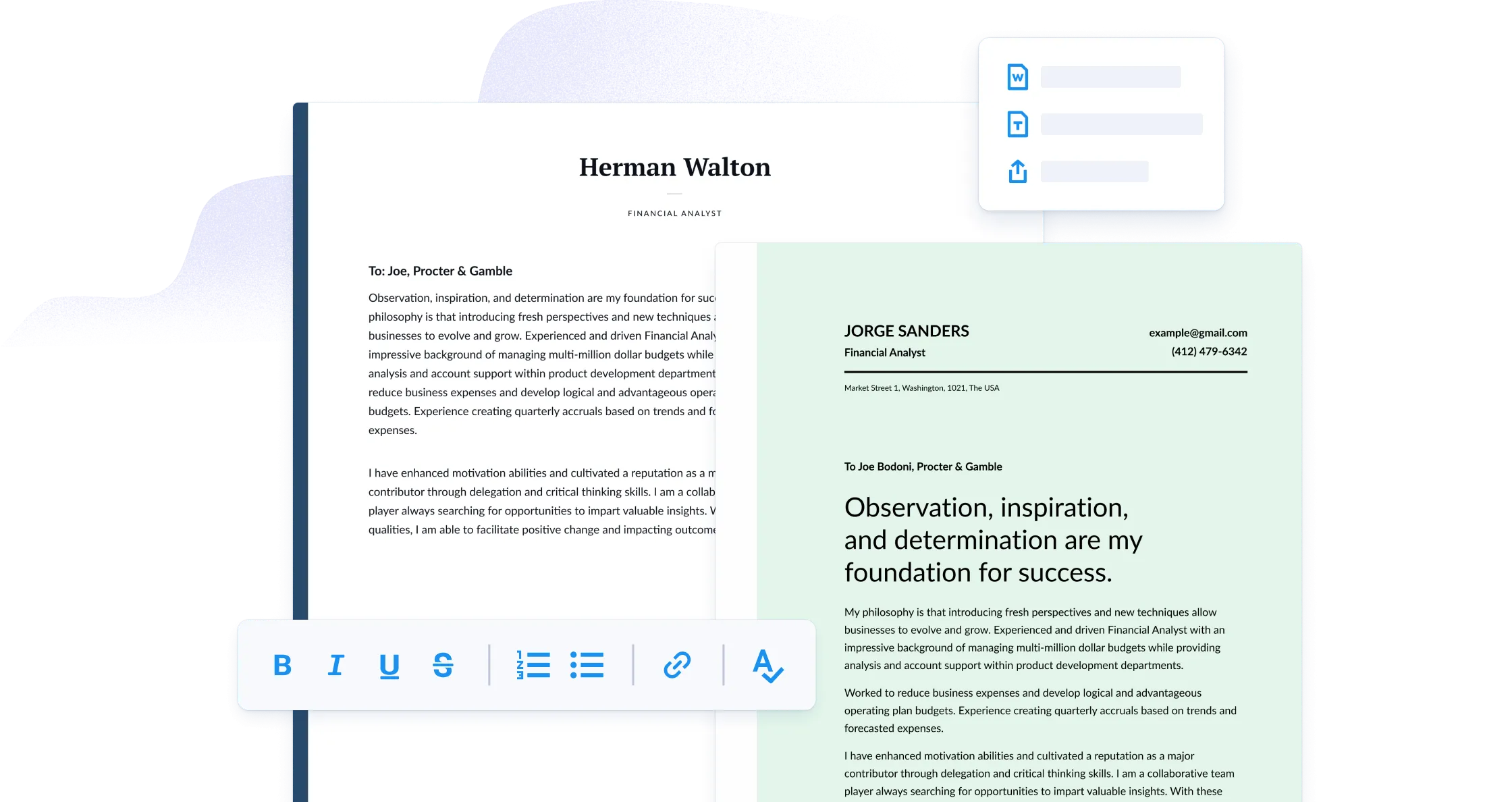
In today’s competitive job market, a cover letter is crucial for several reasons. Firstly, it allows you to personalize your application and demonstrate a genuine interest in the position. Secondly, it provides an opportunity to tell your story, explaining how your skills and experiences align with the job requirements and the company’s values. Furthermore, a well-written cover letter can differentiate you from other candidates, especially if they are submitting generic applications. A cover letter showcases your communication skills, attention to detail, and your understanding of the role and company. It’s your chance to shine and prove why you’re a great fit.
Cover Letter Format
Adhering to a professional format is essential for your Career Builder cover letter. Start with your contact information, including your name, phone number, email address, and LinkedIn profile URL if you have one. Next, include the date and the hiring manager’s name and title, if known. Use a clear and concise font, such as Arial or Times New Roman, in a readable size (11 or 12 points). Maintain consistent formatting throughout the document, including line spacing and margins. The format should be easy to read, visually appealing, and make a great first impression. Your cover letter should ideally be one page long.
Key Elements to Include
A successful Career Builder cover letter includes several key elements that collectively create a compelling narrative. These elements work together to demonstrate your qualifications and express your interest in the job. By strategically incorporating these components, you can create a cover letter that effectively communicates your value to the potential employer. These elements include contact information, a professional greeting, an engaging opening, highlighting your skills and experiences, expressing enthusiasm, a clear call to action, and a professional closing.
Contact Information
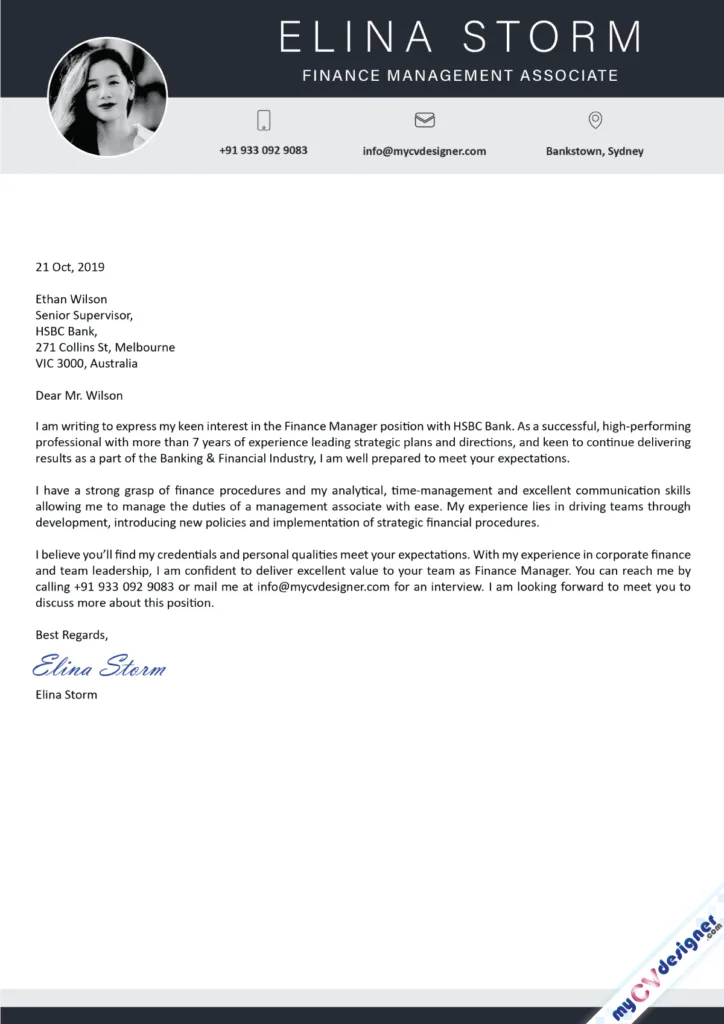
Begin your cover letter with your contact information. This should include your full name, phone number, professional email address, and a link to your LinkedIn profile, if you have one. Ensure the information is accurate and up-to-date. Place this information at the top of the document, often left-aligned, to make it easily accessible to the hiring manager. This allows them to quickly reach out if they are interested in your application. Double-check all details to avoid any errors that could prevent a recruiter from contacting you.
Professional Greeting
Address the hiring manager by name whenever possible. Research the company website, LinkedIn, or the job posting to find the name of the hiring manager or the person to whom the application should be addressed. If you cannot find a specific name, use a professional greeting such as “Dear Hiring Manager” or “Dear [Department Name] Team.” Avoid generic greetings like “To Whom It May Concern,” as they can make your cover letter feel impersonal. A personalized greeting shows that you have taken the time to learn about the company and the role.
Opening Paragraph Grab Attention
Your opening paragraph is your first chance to grab the reader’s attention. Start with a strong statement that clearly states the position you are applying for and how you learned about it. Briefly mention why you are interested in the role and the company. Highlight your key skills or achievements that align with the job requirements. Keep it concise and focused, making it clear why you’re an ideal candidate from the outset. This initial paragraph sets the tone for your entire letter and encourages the reader to continue reading.
Highlighting Your Skills and Experience

The body of your cover letter is where you showcase your skills and experience. Select the most relevant skills and experiences from your resume that align with the job description. Provide specific examples of how you have demonstrated these skills in previous roles. Use the STAR method (Situation, Task, Action, Result) to structure your examples. Quantify your achievements whenever possible, using numbers and data to demonstrate the impact of your work. This section should be tailored to each job application to show your understanding of the company’s needs.
Tailoring to the Job Description
Carefully review the job description and identify the key requirements and skills that the employer is seeking. Then, tailor your cover letter to address these specific requirements. Highlight the skills and experiences that directly align with the job description, and use the same keywords and phrases that the employer uses. This demonstrates that you understand the role and can meet the company’s needs. Customizing your cover letter to each job shows a genuine interest and increases your chances of getting an interview.
Quantifying Achievements
Whenever possible, quantify your achievements to demonstrate the impact you made in previous roles. Instead of saying “Improved sales,” say “Increased sales by 15% within six months.” Use numbers and data to provide concrete evidence of your accomplishments. This helps the hiring manager understand the value you bring to the table and allows them to see the tangible results of your work. Quantifying your achievements adds credibility to your claims and sets you apart from candidates who only provide general descriptions of their experience.
Demonstrating Company Knowledge
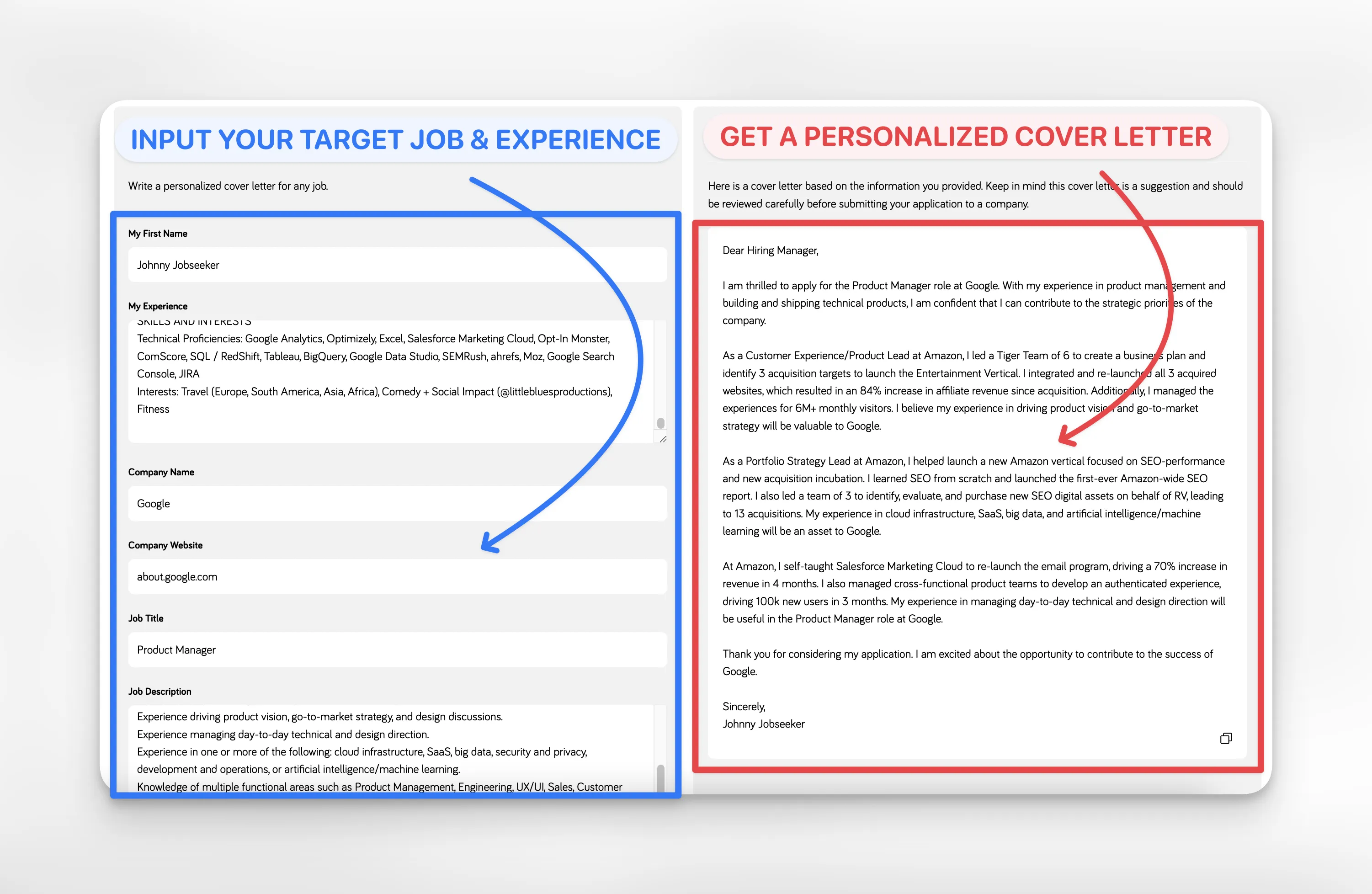
Show that you have researched the company and understand its mission, values, and recent projects. Mention something specific that interests you about the company or the role. Tailor your cover letter to show how your skills and experiences align with the company’s goals. Demonstrating your knowledge of the company shows your genuine interest and your understanding of how you can contribute. This could include mentioning a recent company achievement or a project that resonated with you.
Expressing Enthusiasm and Interest
Express your enthusiasm for the position and the company. Explain why you are interested in the role and what motivates you to apply. Show that you are passionate about the company’s mission or values. Demonstrate how your career goals align with the company’s objectives. This enthusiasm helps to create a positive impression and indicates your commitment to the opportunity. Your enthusiasm demonstrates your commitment and excitement for the position.
Call to Action
End your cover letter with a clear call to action. State that you are available for an interview and express your willingness to discuss your qualifications further. Provide your contact information again, making it easy for the hiring manager to reach you. Thank the hiring manager for their time and consideration. This final step encourages the hiring manager to move forward in the hiring process and shows your eagerness for the opportunity.
Closing the Letter
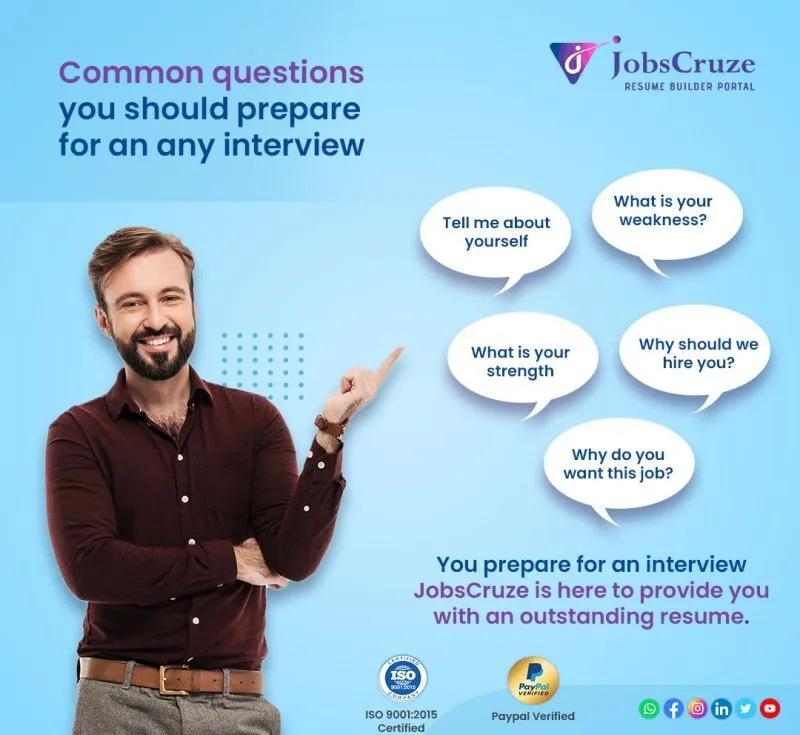
Use a professional closing, such as “Sincerely,” “Best regards,” or “Respectfully.” Sign off with your full name. Proofread the entire letter one last time to ensure there are no typos or grammatical errors. Your closing and signature provide a final touch of professionalism. Ensure your closing aligns with the overall tone of your letter and shows your respect for the reader.
Proofreading and Editing
Before submitting your Career Builder cover letter, proofread and edit it carefully. Check for any typos, grammatical errors, and formatting inconsistencies. Read your cover letter aloud to catch any awkward phrasing or unclear sentences. Ask a friend, family member, or career counselor to review your letter for feedback. A polished and error-free cover letter shows that you pay attention to detail. This step is critical for making a positive first impression and ensuring that your message is clear and professional.
Common Mistakes to Avoid
Avoiding common mistakes can significantly improve the effectiveness of your Career Builder cover letter. These mistakes can detract from your qualifications and make a negative impression on the hiring manager. Understanding these pitfalls can help you create a cover letter that effectively showcases your skills and increases your chances of getting an interview. Avoid generic phrases, overly focusing on yourself, ignoring job requirements, and submitting poorly formatted letters.
Overusing Generic Phrases
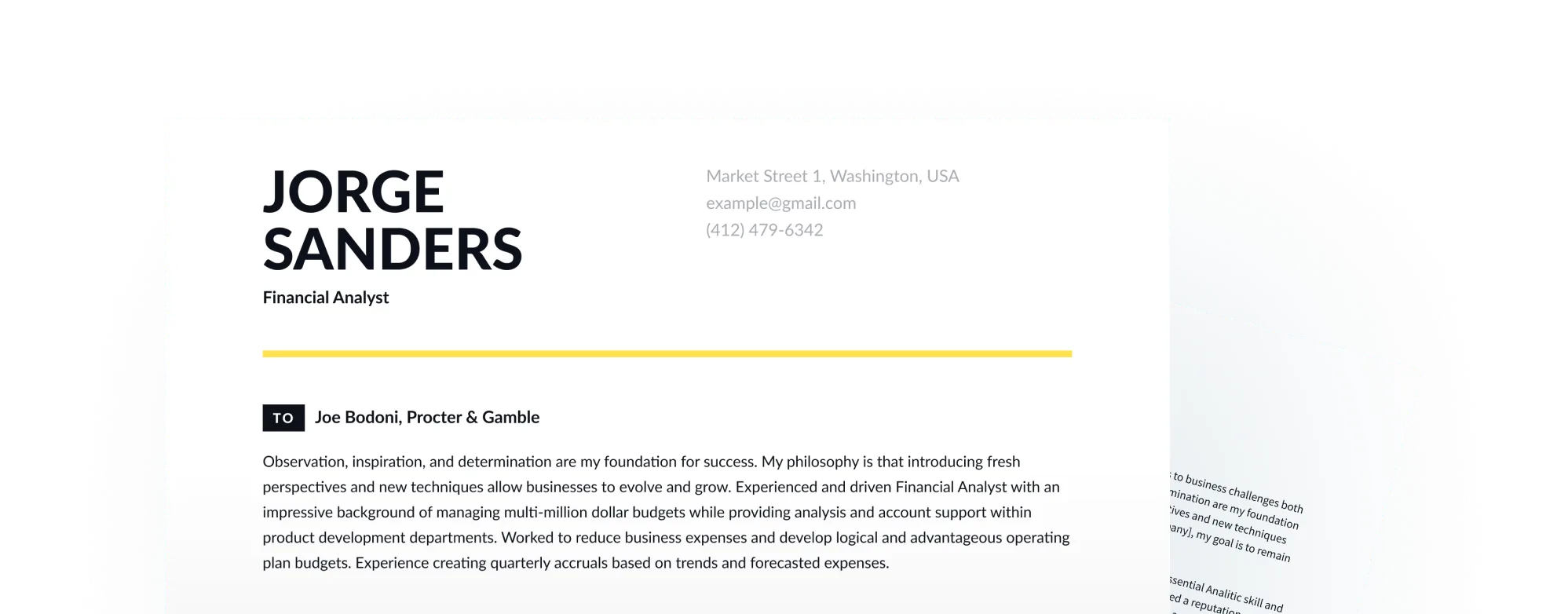
Avoid using generic phrases that do not provide any specific information or demonstrate your unique skills. Phrases such as “I am a hard worker” or “I am a team player” are overused and do not add value to your cover letter. Instead, provide specific examples that demonstrate your skills and achievements. Use strong action verbs and tailor your language to the job requirements, showing how your skills align with the position’s needs. Use your own voice and avoid sounding like everyone else.
Focusing Too Much on Yourself
While highlighting your skills and experiences is important, avoid making your cover letter all about you. Shift the focus to how you can contribute to the company and meet their needs. Demonstrate how your skills and experiences align with the job requirements and the company’s goals. Show that you understand the company’s mission and how you can help them achieve their objectives. Focus on what you can do for the company and how you can add value to their team.
Ignoring the Job Requirements
Failing to address the specific requirements outlined in the job description is a common mistake. Tailor your cover letter to highlight the skills and experiences that match the job requirements. Use the same keywords and phrases that the employer uses in the job posting. Show that you understand the role and can meet the company’s needs. Ignoring the job requirements demonstrates a lack of attention to detail and decreases your chances of getting an interview.
Submitting a Poorly Formatted Letter
Ensure your cover letter is well-formatted and easy to read. Use a clear and concise font, such as Arial or Times New Roman, in a readable size (11 or 12 points). Maintain consistent formatting throughout the document, including line spacing and margins. Proofread your letter for any typos, grammatical errors, and formatting inconsistencies. A poorly formatted cover letter makes a negative impression and suggests that you lack attention to detail. Make sure your letter is visually appealing and professional.
In conclusion, creating a successful Career Builder cover letter requires careful planning and attention to detail. By understanding the purpose of a cover letter, following a professional format, incorporating key elements, and avoiding common mistakes, you can significantly increase your chances of landing an interview. Take the time to tailor your cover letter to each job application, and always proofread and edit your work before submitting it. A well-crafted cover letter is a powerful tool in your job search.
